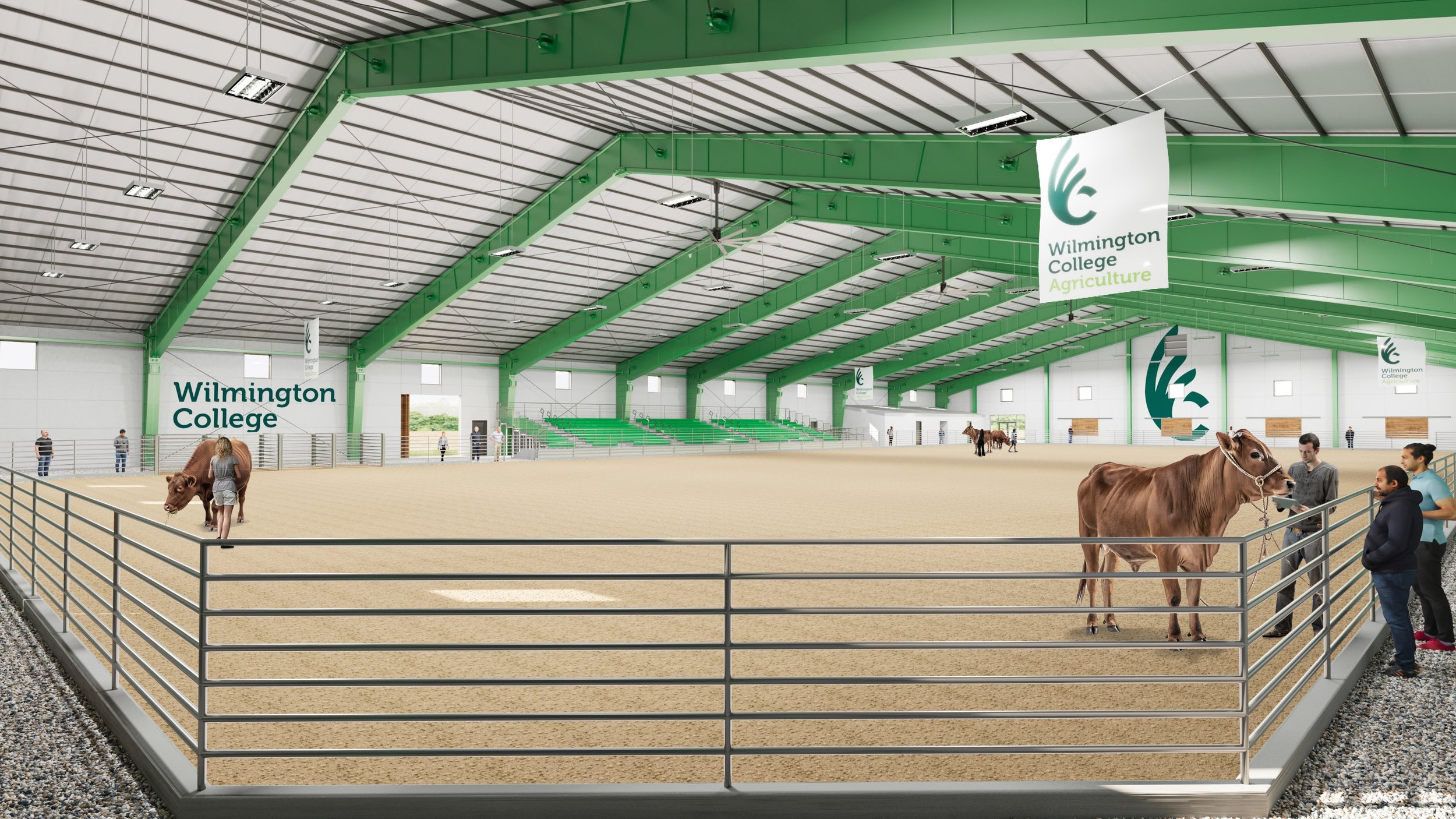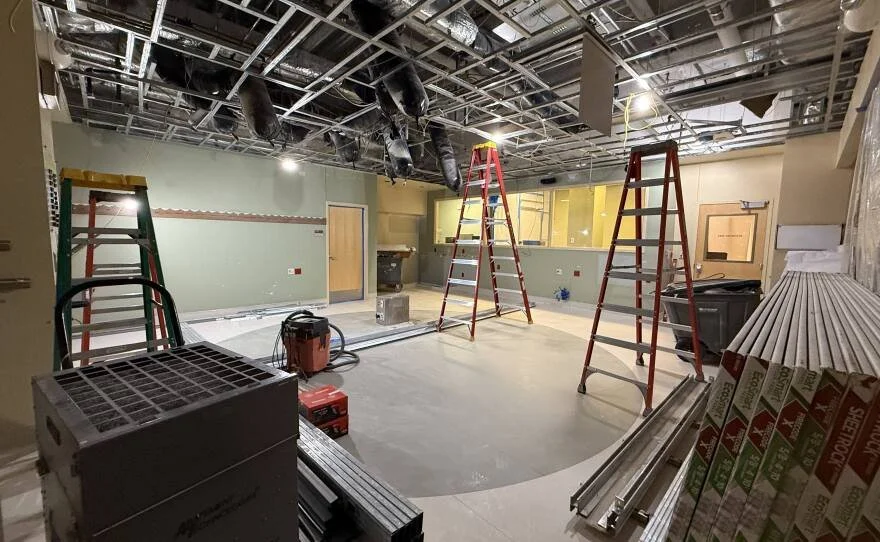[[bpstrwcotob]]

Lab Renovation Enhances Learning, Safety, and Technology Integration
The University of Wisconsin-Stout completed a $7.4 million, two-phase renovation of its Jarvis Hall laboratories, upgrading infrastructure, technology, and safety while maintaining active teaching and research operations

Reimagining Controlled-Environment Agriculture for Education and Research
The Wilmington College Agriscience Complex represents a major investment in experiential learning, preparing students for critical agricultural careers in Ohio by providing a modern, industry-aligned learning environment

From Outdated to Outstanding: How Strategic Design Upgrades Revitalized a Research Campus
The $50-million ARP-funded modernization at UT’s West Tennessee AgResearch and Education Center upgrades labs, housing, and precision agriculture facilities to boost research productivity, operational efficiency, and recruitment

Show Off Your Lab! Enter the Design Excellence Awards
The Design Excellence Awards celebrate outstanding laboratory design by recognizing architects, engineers, planners, contractors, end users, and manufacturers whose innovative, safe, and sustainable projects exemplify technical expertise and forward-thinking vision—enter by December 5 for your chance to win

Lab Design Conference Speaker Profile: Gwendolyn Robles
Don’t miss Gwendolyn Robles’ session at the 2026 Lab Design Conference, where she and her team will share creative strategies, LEAN-driven workflow tips, and lessons from transforming a landlocked 1970s lab into a modern blood bank—register by December 31, 2025, to secure early-bird pricing and gain insights that can inspire your own lab design projects

From Residence to Research: Adaptive Reuse Lessons at Mount Sinai
The transformation of Mount Sinai’s 60-year-old nurse residence into a cutting-edge Center for Artificial Intelligence and Human Health highlights the challenges of adaptive reuse—tight floor heights, structural limits, and code compliance—and offers key lessons in due diligence, infrastructure replacement, and creative problem-solving for future lab projects

Project Profile: Roy Blunt Hall Addition, Missouri State University
Missouri State University has completed an addition to Roy Blunt Hall, marking the first phase of a larger project designed to showcase science while providing flexible, sustainable facilities for future growth

Old Chem Gets a Modern Makeover with $190 Million Renovation
The University of Cincinnati’s $190M renovation of Old Chem modernizes laboratories and collaborative learning spaces, preserves historic features, and fosters interdisciplinary research and accessibility while supporting the university’s science education mission

Renovating Laboratories: Key Concerns and Challenges in Transforming Existing Spaces
Laboratory renovation offers sustainability and cost advantages over new construction but poses complex challenges—including structural limits, MEP upgrades, safety compliance, and stakeholder coordination—that require careful planning and collaboration to create flexible, high-performing research spaces

Streamlining Cardiac Procedures Through Smart Renovation
SSM Health Good Samaritan Hospital is renovating its cardiac catheterization lab with over $1 million in advanced imaging technology, redesigned workflows, and enhanced safety features—offering a model for other lab projects on how strategic upgrades can improve efficiency, optimize space, and future-proof a high-acuity clinical environment
